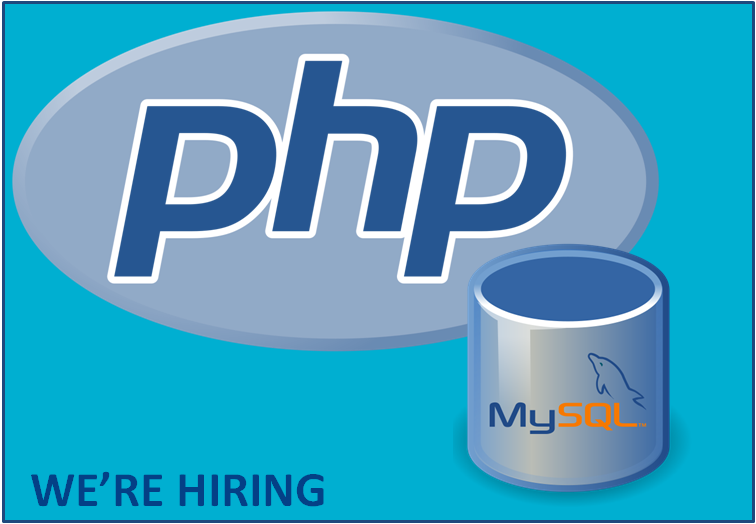Linquate the Vulnerabilities
As we move ahead towards a digital economy within a digital world, the only thing constant as we know is change, but there exist another constant, which is known as threat. Fraudulent elements will thrive on data. There will be predators all over looking for vulnerabilities to exploit, we cannot let a loophole exist in our system, and we just cannot wait until someone jeopardizes our very digital existence. Today, organisations ranging from large corporate to small scale industries, governments, semi government organisations, conglomerates, NGOs, Educational Institutes, Banks, etc are all depending on their digital infrastructure for their daily operations.
The digital security must be well planned at an architectural level of the software development. We strongly advice the organisations who are already using their existing software to go for threat assessments like Cyber Security Auditing, Vulnerability assessment and penetration testing. You will be well poised of all the vulnerabilities your software may have. We would also like to advice the young entrepreneurs in software fields, the developers and the engineering graduates to always go for threat assessment, mitigation & elimination, plan your secured solutions well in advance before the actual development. Seek help from experienced person or companies if possible and if needed. There are some companies who are ready to assist, we can not name them but Linqubes certainly does. Since we are talking about vulnerabilities we would surely like to write about some of the well known vulnerabilities.
Injection Flaw: – It is a traditional and most commonly exploited vulnerability. An attacker exploits this flaw by providing a malicious input also known as an injection. The attacker’s injected data tricks the interpreter into executing unintended commands or changing data. SQL Injection is a kind of injection flaw. Such type of injection attack can result in data loss or corruption, lack of accountability, or denial of access. Injection can sometimes lead to complete host takeover.
Cross Site Scripting (XSS): – This is a variant of the Injection attack. Here an attacker primary aim is to execute a script using the malicious way of injection to execute a script on a page. But this isn’t the actual attack; this is just planting the seed. The actual attack happens when a victim visits the injected page and the attacker can hijack the user session, capture user data, redirect to other website. This attack can also be used to deface the UI.
Cross Site Request Forgery (CSRF): – This attack forces a logged on victims browser to send a pre-authenticated request to a vulnerable web application, which then perform a malicious function for the attacker. Attackers can cause victims to change any data the victim is allowed to change or perform any function the victim is authorized to use.
Missing Function Level Access Control: – Most web application comes with page level access control but each page performs the operation by calling certain functions. If those functions don’t have access controls then they can be used directly by malicious actors. Administrative functions are key targets in this attack.
Sensitive Data Exposure: – If the network traffic is not encrypted properly, it exposes individual users’ data to the network and can lead to account theft. If a high level application user account is compromised then the entire application is on risk.
Broken Authentication & Session Management: – If the account credentials and session tokens are not properly protected, attacker compromise passwords, keys or authentication to assume other users’ identities. This makes some or even all accounts vulnerable to attacks. Once successful, the attacker can do anything the victim account is privileged to.
OTP Flooding: – An attacker can trigger the application to send infinite OTPs to the registered or provided mobile number exhausting the SMS and resources of the Server which could potentially lead to denial of service.
Malicious File Upload: – Application vulnerable to malicious file upload allows the attacker to upload or transfer files of dangerous types that can be automatically processed within the application’s environment.
The key for developing secured application is to stay updated in understanding the new vulnerabilities and using latest technologies. A malicious actor doesn’t needs to be a good developer for carrying out the attack but a good developer needs to think like an attacker to build secure applications.


Recent Comments